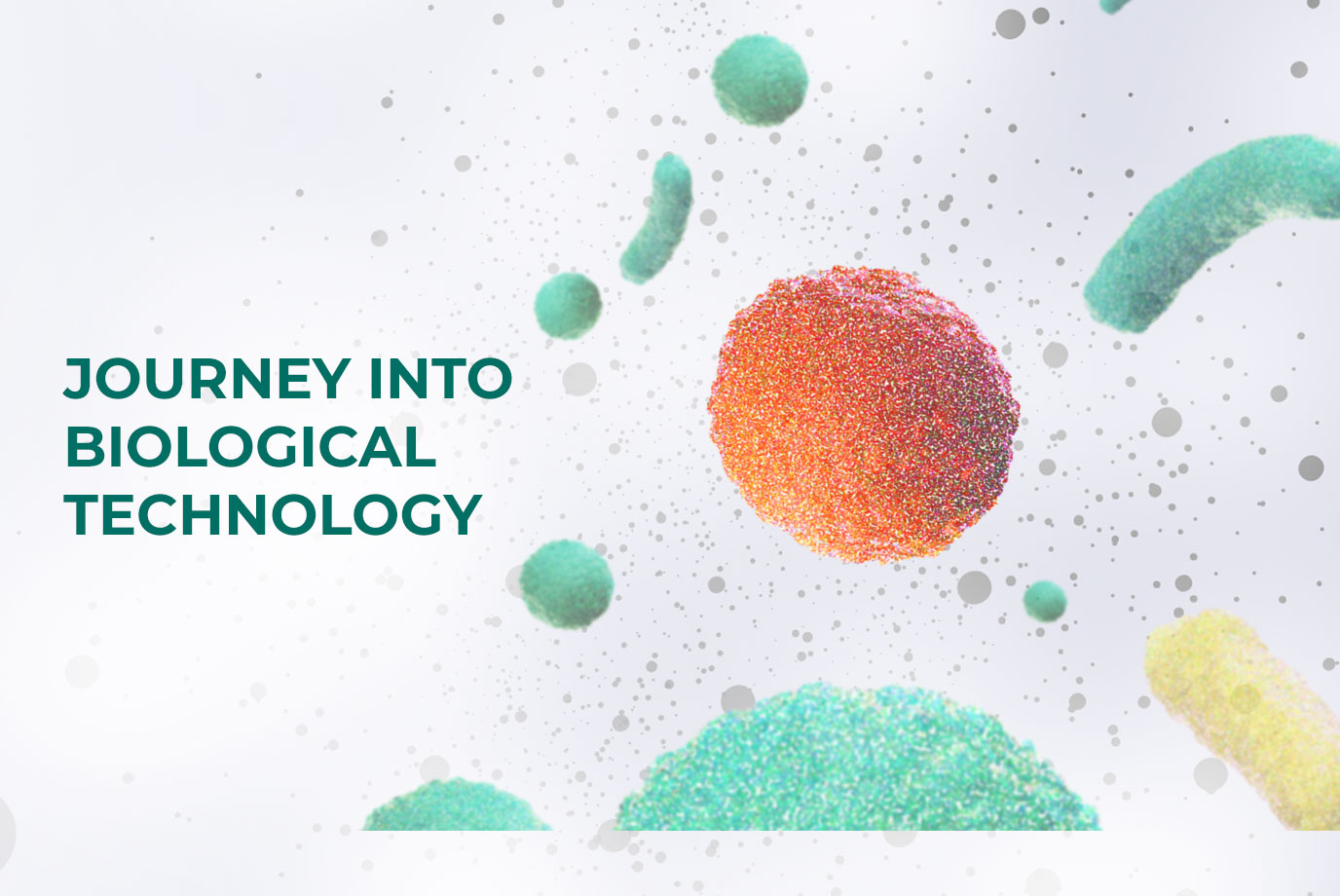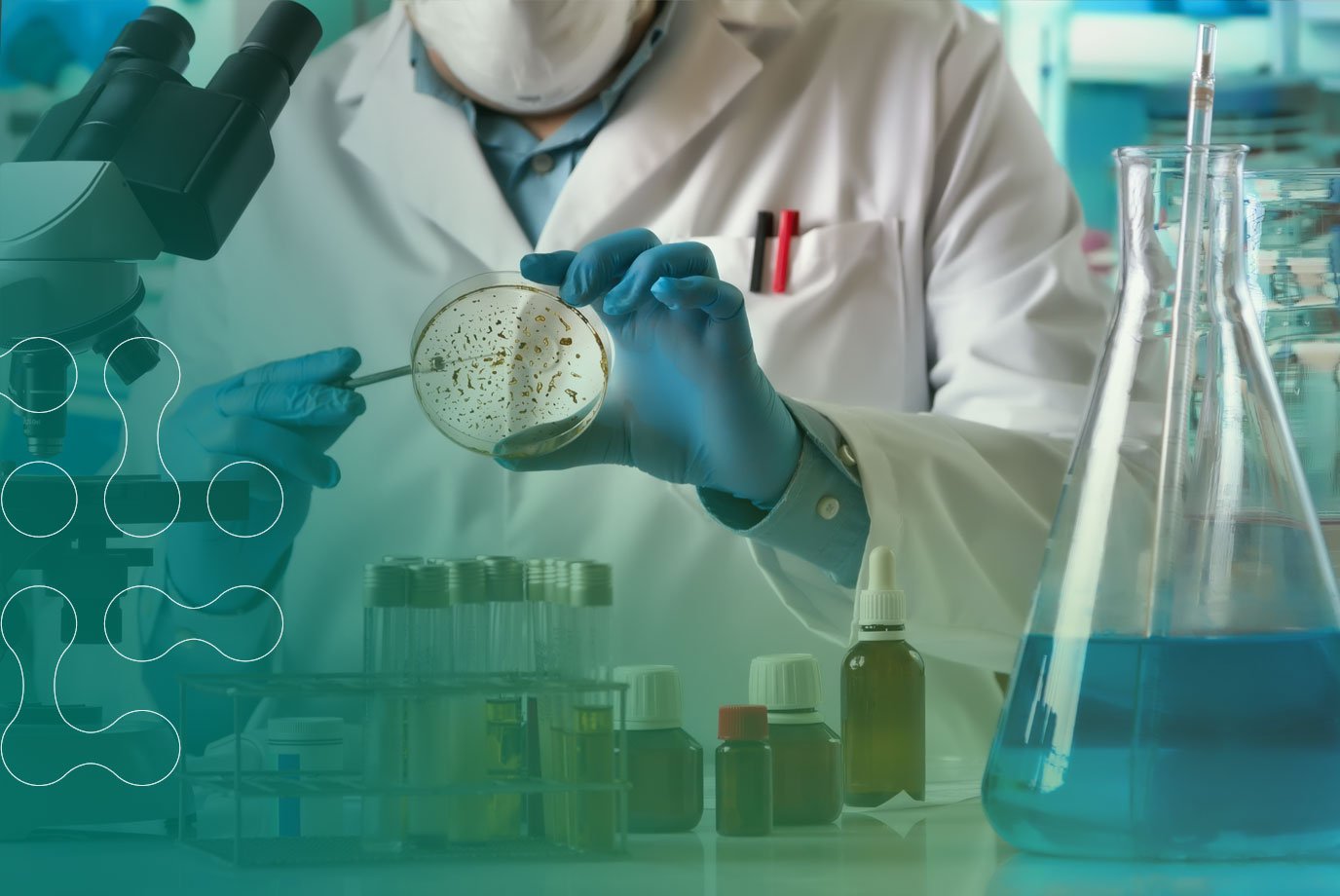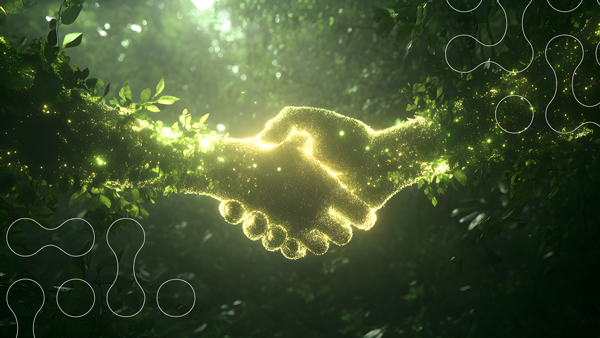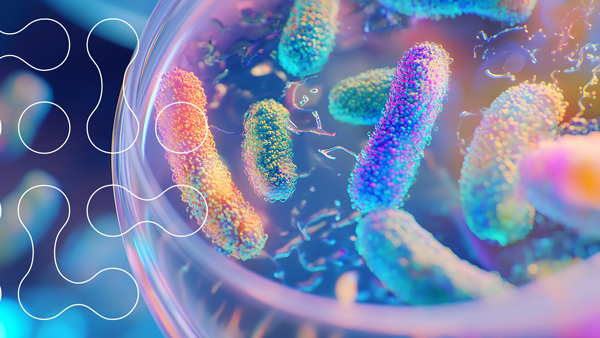Following a grueling two days of unprecedented temperatures across the UK and the promise of many more on the horizon, the issue of climate change is once again filling up newspaper headlines across the country. Seemingly, this is an issue that only catches the public eye when there is a direct impact. Unfortunately, we know this is not the case. It is an ongoing, devastating and life-threatening issue that is, still, getting worse!
And the UK saw the worst of it on the July 19 last. Several locations in the UK saw the temperature break 40C for the first time since records began - the previous land temperature record for the UK was broken in over 25 locations and the London Fire Brigade (LFB) saw its busiest day since WW2 after fires broke out across the city.
But what is climate change? Well, the term ‘global warming’ was first used in the 1950s, referring to ‘a long-term rise in the Earth’s average atmospheric temperature’. However, the idea that climate change exists and could be put down to human behaviour was first laid out by Swedish scientist Svante Arrhenius in 1896 – and it’s unfortunate he was not listened to more closely.
What was once global warming became ‘climate change’, and this term encompasses the severity of what is happening – rising temperatures, heatwaves, fires and more.
What causes climate change?
The simplest answer to this is greenhouse gases. When gases – such as those released when burning fossil fuels – are emitted into the atmosphere, they act like a blanket wrapped around the Earth, trapping the sun’s heat and raising temperatures.
When sunlight hits this blanket, it passes through and continues until it reaches the surface of the planet. Once the Earth absorbs this sunlight, it emits a different type of light – infrared – back out to space. Though much of this light goes straight back through, some of it is absorbed and is trapped causing the surface to heat – this is known as the ‘greenhouse effect’. It is important to note, the greenhouse effect is crucial to life on Earth, as without this blanket trapping heat, the temperature would be extremely cold and our planet would be unsustainable for life. However, with the volume being too high, it creates an enhanced greenhouse effect.
The more that humans contribute to this already high level of greenhouse gas, the greater our planet will heat.
Whereas the cause of climate change is quite simple, the causes of the actual greenhouse gases, and the gases emitted, are slightly more complex. The primary greenhouse gas, responsible for roughly three-quarters of emissions – is carbon dioxide (CO2). Other leadings culprits include, methane, nitrous oxide and industrial gases.
The gases listed above are produced from a wide range of industries and causes. CO2 is released, primarily, from the burning of fossil fuels and other organic material, such as coal, oil, gas and solid waste. Methane – the second largest emitter – comes from natural gas, landfills and the agricultural industry. Namely, from the digestive system of grazing animals – cattle in particular. Agricultural livestock, and the industry in general, is also a leading cause of nitrous oxide emissions due to fertiliser and manure usage. The burning of fossil fuels also contributes to nitrous oxide emissions.
Industry-wise, the main perpetrators are energy – 12.5 gigatonnes (Gt) per year, industry - 7.3 Gt per year, agriculture and food production – 6.7 Gt per year, deforestation – 5.9 Gt per year and transport – 4.7 Gt per year.
A final, and often overlooked, source of greenhouse gas emissions is the manufacturing of virgin plastics. Almost all plastic that exists began its life as a fossil fuel, and greenhouse gases are emitted at every stage of the lifecycle. From extraction to refining, and manufacture to transport, right through to waste management.
This is why the use of recycled and post-consumer resin (PCR) plastic is kinder to the environment, whilst also helping to prevent the additional issue of plastic pollution.
What happens during climate change?
As cited earlier, climate change is far more widespread than simply a warming of temperatures. The ongoing warming can cause –
Drought – Warmer temperatures enhance evaporation, which leads to a reduction in surface water and dries out soil and vegetation. This then leads to drier land when there are periods of lower precipitation.
Rising-sea levels – The effect that climate change has on this is two-fold. First, warmer temperatures lead to the melting of ice over land and icecaps, which then adds water to the ocean. Secondly, as oceans warm-up, seawater actually expands – taking up more space n the ocean basin and causing levels to rise.
Higher ocean temperatures – We’ve mentioned ocean temperatures are warming, but as well as contributing to rising sea levels, this can have a devastating effect on marine species and their breeding grounds. It also causes coral bleaching and ocean heatwaves.
Wildfires – With the level of land currently burned three times higher than average for this time of the year across the European Union, Dr Friederike Otto, a senior lecturer in climate science at Imperial College London said, “Heatwaves and droughts are exacerbated by climate change and are absolutely the defining factor in years with massive wildfire outbreaks, like the present one”.
Hurricanes – Not only can climate change increase the number of hurricanes seen, it can also increase the wind intensity – making them more severe. This change is down to warming ocean temperatures and more moisture in the air, with both acting as fuel for hurricanes.
Rising minimum temperatures – Though regularly associated with warming temperatures, climate change can cause winters to be considerably colder – as we’ve experienced in recent times. This is due to the effect it has on the polar vortex. Normally, the vortex stays high in the stratosphere above the North Pole. But increased temperatures in the Arctic Ocean have weakened the vortex, causing it to stretch down to midlatitudes, which include Europe and the US.
Flooding – As the atmosphere warms, the air can hold more water vapor – up to 7% more for every degree Celsius it rises. When this vapour turns into droplets, it results in greater and heavier rainfall. Rising sea levels are also a contributor to flooding in coastal areas.
There are points in the above list that will impact upon communities in every part of the world, demonstrating that climate change is a truly global issue. The biggest global issue that we face!
Can climate change be reversed?
The good news is that, as things currently stand, we can reverse climate change. However, the change in our behaviour and actions must be swift.
The reason for this is down to what is known as the ‘tipping point’. A tipping point is a threshold that once crossed leads to severe and irreversible changes to our climate system. The tipping point, in terms of climate science, is to limit the mean global increase to below 1.5C above pre-industrial levels.
There are targets and agreements across the globe to ensure that this tipping point does not happen, however some nations’ commitment to these agreements can be described as dubious at best.
The UK governments overall target is for the nation to become carbon neutral by 2050, with a further target set to reduce emissions by 78% by 2035 compared to 1990 levels.
What can YOU do?
There is much that can be done, as both individuals and as organisations.
Individually, if possible, walk or cycle as much as you can. If the distance is too great, opt for public transport over driving a car. It is also worth considering reigning in your power use. Switch of appliances and lights when they are not in use and choose greener, more efficient products – not only will this help the environment, but it will save you money when energy costs are at an all-time high. If you have the option, switch to a renewable or zero-carbon supplier. Other options to consider are shopping locally, buying sustainably and doing your best not to waste food.
As organisations, we can do even more, because the carbon footprint of business is always going to be greater than that of the individual – so its even more important to do whatever we can.
One of the first things to consider is whether you are using sustainable suppliers. Whether this be for paper, office equipment, teabags or plastic bottles, ensure that you are working with likeminded green companies. If more companies choose to do this, the green supply chain will continue to grow and eventually trump the traditional, less environmental chain.
Another keyway to help in the fight against climate change is to make sure that your staff and team members are aware of what is going on – spread the word! The more people that invest in change, the sooner it will happen. Other things to consider are using green electricity, optimising employee transport – or encouraging public transport use – allowing home working when appropriate, cutting workplace waste and reducing plastic use.
Finally – and this is where BioHygiene comes in – make sure that you are working with facilities management and cleaning companies that use green technology and have the environment at the heart of their ethos. At BioHygiene, we’ve been working for years to help transform the cleaning industry into something more sustainable.
Our technology is a synergistic combination of renewably and sustainably sourced eco and biotechnology which can help companies make a significant impact on their net zero targets. We help reduce organisations CO2 emissions through only using recycled plastic, whilst also reducing CO2e through our local supply chain.
If you consider the level of cleaning products used across the UK in industries such as healthcare, facilities management, care homes and hospitality, it soon becomes obvious the sheer volume of product that is used. And, therefore, the sheer impact switching to a green supplier can have.




